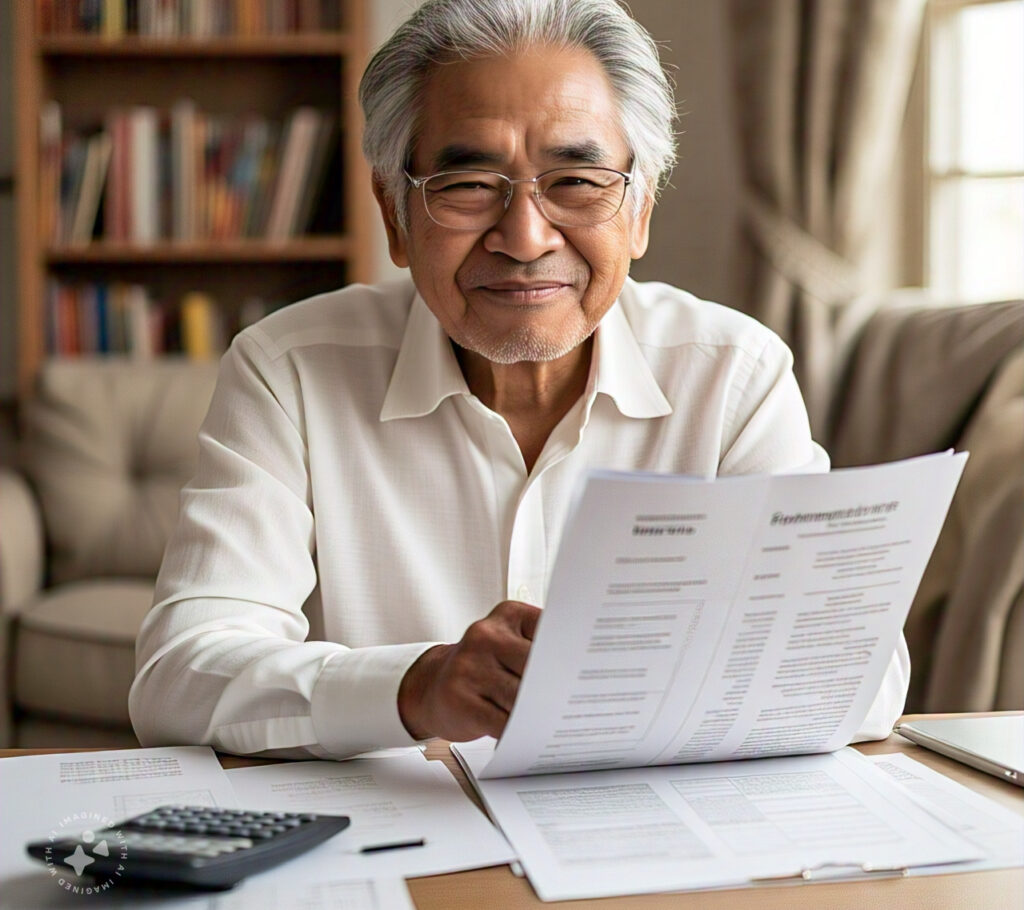Many people get confused about the medical terms ‘chronic’ and ‘acute’ which doctors and other practitioners use to describe the nature of certain conditions from which their patients might be suffering.
An acute condition means that it has had a rapid onset, more often than not with little or no previous indications or symptoms, and as such that gives someone who is trying to make a diagnosis help in so much as being able to rule certain causes out and narrow the search down to more likely reasons behind the problem.

When someone is told that they have a ‘chronic’ condition it doesn’t actually relate to the severity of the problem in any way, it simply means that it is an ongoing set of symptoms that has been suffered over a period of time and may well be likely to continue into the future.
Rheumatic disorders such as the many and various forms of arthritis, problematic neck and back pains arising from disc problems, or something like fibromyalgia are all examples of a chronic condition.
These may well respond to treatments both chemical and physical but essentially the sufferer is expected to ‘live with’ the condition as best they can. This can often mean an expectation to take drugs on a permanent regime to deal with any associated pain, but also sometimes other drugs are prescribed for symptoms including anxiety and depression which can result from the long term nature of the illness.
This often leads people into looking at the viability of alternative therapies such as acupuncture and herbal treatments, as well as the even more exotic things on offer such as hypnotherapy.
Changing your lifestyle
In many cases, however, some simple lifestyle changes can have dramatic effects. Often a change in diet can alleviate certain aggravating factors and physical treatments such as physiotherapy can go a long way to make joints more supple and relieve pain.
Other practical changes can include modifications around the house to make day to day life and routine tasks easier to handle. This can be something as simple and easy as the addition of a second banister rail to the stairs or carefully positioned ‘grab bars’ in different locations.
One of the most popular domestic adaptations for those who suffer from impaired mobility issues is to have walk in shower baths fitted. Anything that makes the simple daily tasks of washing and bathing easier is worth its weight in gold as it essentially means an extension of self sufficiency and maintains privacy and dignity too.
Fortunately such modifications in the bathroom are relatively inexpensive and don’t entail a major construction job, with different solutions available to fit most budgets as well as merging in with your existing decor if required.



